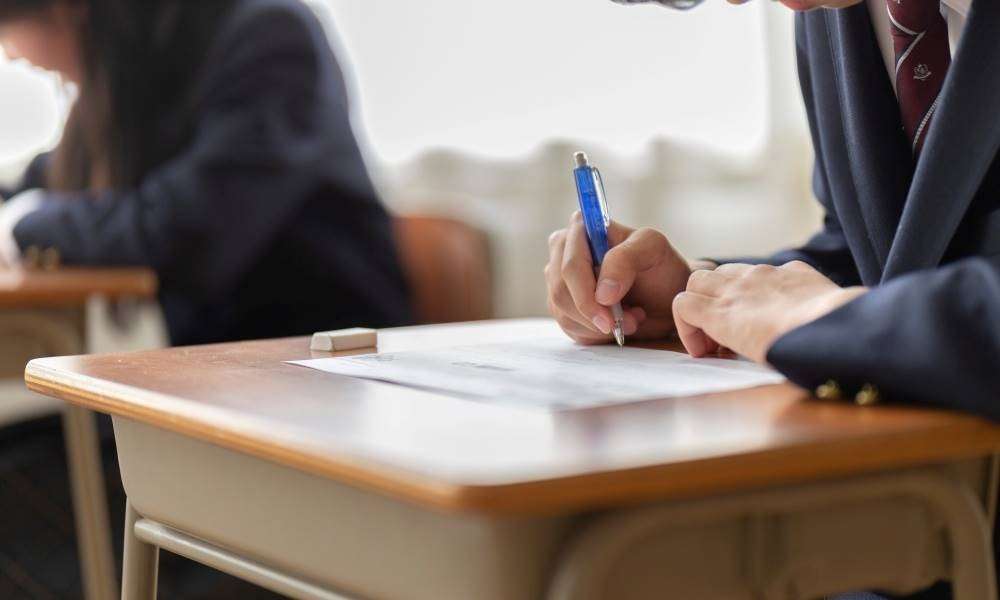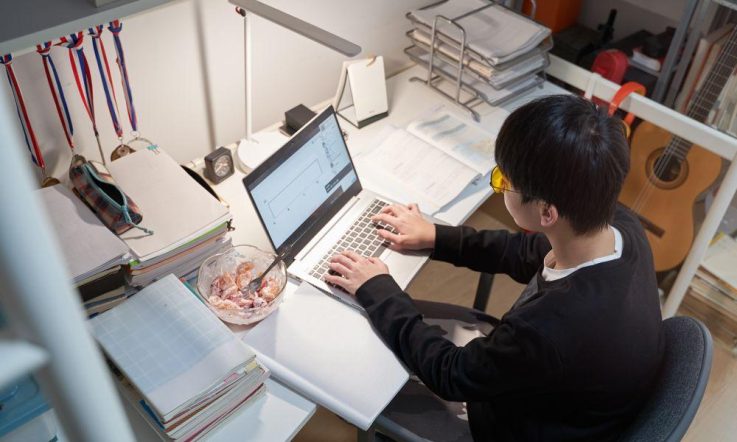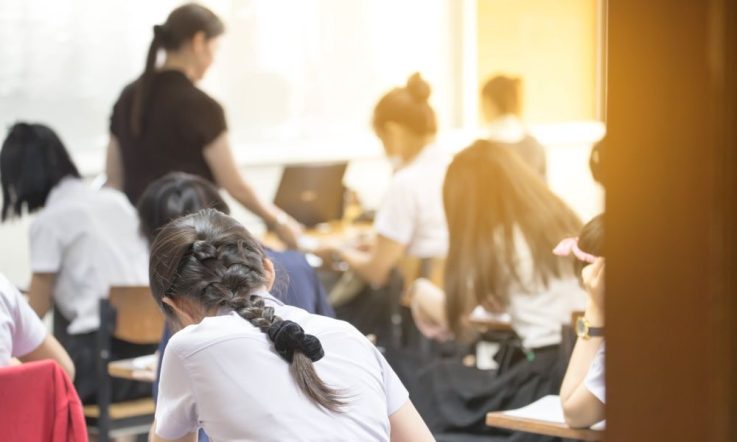High school students with higher levels of curiosity performed better in the latest round of international PISA mathematics assessments, according to new analysis of Australian data.
Released today by the Australian Council for Educational Research (ACER), PISA 2022. Reporting Australia’s Results. Volume II: Student and school characteristics (De Bortoli et al, 2024) features an in-depth analysis of Australia’s student and principal questionnaire responses, collected as part of the OECD’s Programme for International Student Assessment (PISA).
PISA 2022 was the first time that student curiosity was included in the questionnaire. The findings show a clear link between student curiosity and student performance in mathematics, as students with higher levels of curiosity outperformed others.
Difference in mathematics performance between high and low quarters of the curiosity index, by state and territory. [Source: De Bortoli et al, 2024. Figure 10.5]. Graph made with Flourish.
‘Curiosity is important in education and life,’ lead researcher ACER Senior Research Fellow, and National Project Manager for Australia for PISA, Lisa De Bortoli, says. ‘Being curious can help students adapt to different environments, including developing tolerance to anxiety and uncertainty. It also promotes critical thinking.’
According to the ACER report, curiosity was higher in Australia (particularly in the ACT and New South Wales) compared with most countries that performed at a similar or higher level in maths, including Macao (China), Hong Kong (China) and Estonia.
Most Australian students (88%) reported they were ‘curious about many different things’, while 79% ‘like to know how things work’. Conversely, nearly 1 in 4 students reported they ‘get frustrated when they have to learn the details of a topic’.
Impact of school experiences on maths performance
The report also highlights how different school experiences impact student performance in mathematics. Other factors linked with higher student performance included stronger relationships with teachers, a greater sense of belonging and safety at school, less exposure to bullying, a more favourable disciplinary climate in class, greater resistance to stress, and more perseverance.
The report highlights equity issues in the experiences of high school students in Australia. First Nations students, students in regional and remote areas, students in government schools, and students from disadvantaged socioeconomic backgrounds were all more likely to report lower levels of a favourable school experiences than their peers.
Australia’s PISA 2022 questionnaire responses in brief
Student sense of belonging
Students in all Australian states and territories reported a lower sense of belonging than the majority of participating OECD countries and economies.
Despite being below the OECD average, there was no meaningful change in Australian students’ sense of belonging between PISA 2018 and 2022 overall, although students in Victoria did report lower levels of belonging in PISA 2022 than in 2018.
Teacher support
Australian students reported a higher perception of teacher support than most comparison countries that performed higher or the same as Australia in mathematics.
Over 70% of Australian students reported that in most or every mathematics class the teacher helps students with their learning, the teacher shows an interest in every student’s learning, the teacher continues teaching until the students understand, and the teacher gives extra help when students need it.
Of the demographic groups surveyed, First Nations students were the only group to have a negative Teacher Support index score (-0.07), reporting that they received lower levels of support than non-First Nations students.
Disciplinary climate, bullying, and feelings of safety
Disciplinary climate remains an issue for Australian schools, as all comparison countries (except for Sweden and New Zealand) reported a more favourable disciplinary climate in mathematics classes than in Australia. This was true across the country, with all states and territories reporting a less favourable disciplinary climate than the OECD average.
Additionally, Australian students reported the 2nd highest rates of exposure to bullying, behind only Latvia. However, exposure to bullying is trending down with fewer students exposed to bullying in all comparison countries (including Australia) between PISA 2018 and PISA 2022. The Australian report notes that between the same time period, there was a decrease in the exposure to bullying reported for: students in each jurisdiction; students in each school sector; and students in each of the demographic groups.
Australian students reported lower feelings of safety than the OECD average. Interestingly, while the vast majority of Australian students reported feeling safe on the way to and from school and in the classroom, the perception of safety was lower for many groups of students in other places at school such as the hallway, cafeteria and toilets.
Resistance to stress and student perseverance
Australian students’ resistance to stress was lower than in 8 of the comparison countries that performed higher or the same as Australia in Mathematics. High-performing students in Mathematics reported having greater resistance to stress, as did students in the Northern Territory, who reported greater resistance to stress than any other jurisdiction, and higher than the OECD average.
Australian students demonstrated moderate levels of perseverance – 36% reported that they ‘quit doing homework if it is too long’, 25% ‘stop when work becomes too difficult’, 20% ‘give up easily’, and 14% ‘give up after making mistakes’.
However, 60% of Australian students also reported that they ‘apply additional effort when work becomes challenging’. The data show 57% of students reported that they ‘keep working on a task until it is finished’, that they ‘complete tasks even when they become more difficult than they thought’, and that they ‘finish what they start’.
School staffing shortages
According to PISA 2022, Australian schools are less impacted by staff shortages than on average across the OECD. However, Australian principals did report an increase in shortages between PISA 2018 and 2022, indicating the problem is worsening – although the extent of this varies across states and territories.
Survey data show while all school sectors are experiencing shortages, Government schools appear to be experiencing the brunt of the issue, with principals in these schools reporting greater concerns in comparison with the OECD average, as opposed to Independent and Catholic schools both reporting fewer concerns in comparison with the OECD average.
When it comes to education materials, Australian principals rarely suggested that a shortage was a hindrance to teaching, however the report notes there were some exceptions according to jurisdiction. Of the comparison countries, only Singapore reported a lower perceived hindrance of educational material shortage.
Stay tuned for more PISA coverage
If you enjoyed these insights, be sure to stay up to date with new Teacher content by signing up to our bulletin and following us on social media. Over the next few months, we will be releasing more content exploring the international PISA 2022 Results (Volume I).
For more on the Volume II report, we will be talking to lead researcher Lisa De Bortoli next week.
References
De Bortoli, L., Underwood, C., Friedman, T., & Gebhardt, E. (2024). PISA 2022. Reporting Australia’s results. Volume II: Student and school characteristics. Australian Council for Educational Research. https://doi.org/10.37517/978-1-74286-726-7



